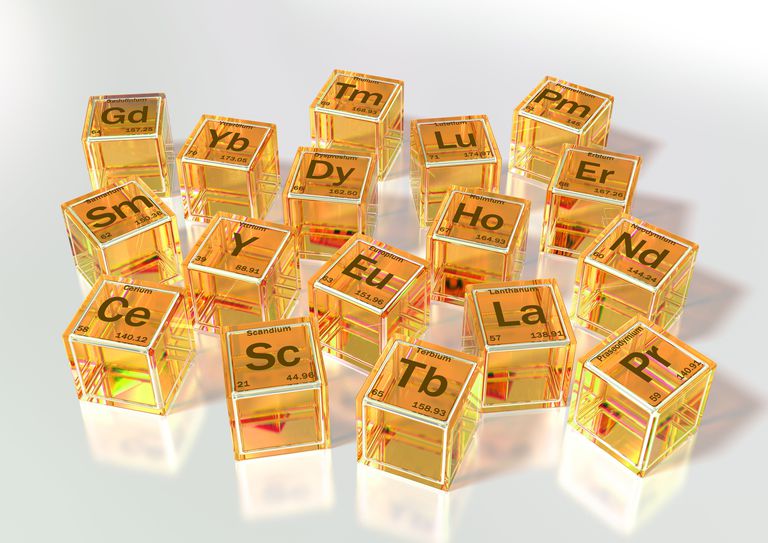In a few weeks Japan will assume the G7 presidency for 2023, with energy at the top of the agenda. By the time the heads of the European and North American member states arrive in Hiroshima for the summit in May, Japan hopes to greatly expand previous discussions on critical minerals.
Virtually all of the global net-zero dialogue has focused on energy sources and technologies that could or should drive net-zero, and the impact they might have on emissions. Minimal attention has been directed at the key materials required to realize the various scenarios of energy transformation. Judging by recent price increases for several battery and other energy-transition materials, the upstream aspect of net-zero must be addressed.
Lithium prices are up an eye-watering 150% this year, with graphite prices also increasing 13% and set to “do a lithium” next year. Copper, aluminum, and tin have all hit records this year. The impact on the cost of clean energy projects has been dubbed ‘greenflation’, and further troubles appear inevitable due to inadequate mining investment and other factors impinging on constrained supplies of critical minerals.
Recent months have seen Japanese policymakers and analysts come to a consensus that decarbonization is threatened by material constraints, and will need much more robust and coordinated global policy responses. The G7 affords one platform for articulating this concern, aggressively building on its previous two years of recommendations that failed to elicit commensurate action.

